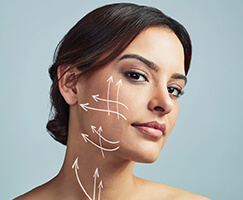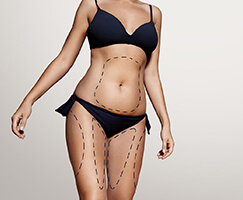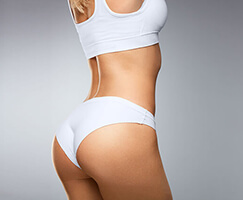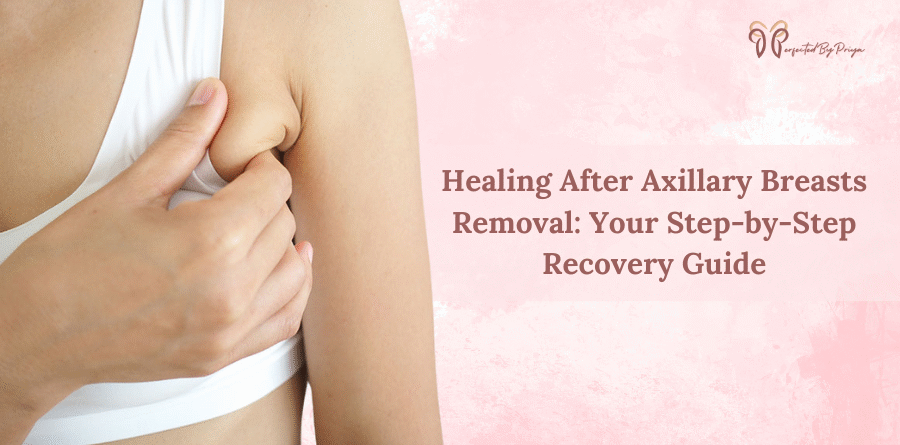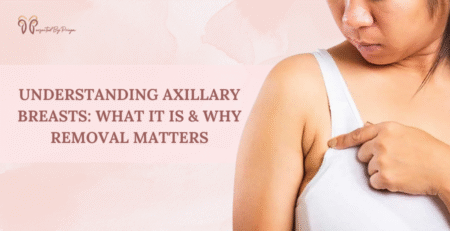Healing After Axillary Breasts Removal: Your Step-by-Step Recovery Guide
Choosing axillary breast removal is a game changer for many seeking relief from discomfort or aesthetic concerns related to underarm fat tissue. However, the recovery phase is just as crucial as the surgery itself to ensure the best results. Here’s a step-by-step guide on how to heal effectively after axillary breast tissue removal.
What Are Axillary Breasts and Why Remove Them?
Axillary breasts, also known as accessory breasts, are extra breast tissue that develops in the underarm area. This condition can cause discomfort, impact self-esteem, or even make it difficult to wear certain clothing. Axillary breast removal is a surgical procedure to eliminate this tissue, providing a more natural and contoured look.
Days 1-3: Immediate Post-Surgery Care
After your axillary breast removal, it’s common to experience swelling, bruising, and mild pain.
- Compression Garments: These are crucial for reducing swelling and providing support to the area during the early healing phase. Wear them as instructed.
- Pain Management: Pain can be managed with prescribed medications. Ensure you follow your surgeon’s guidelines regarding dosages.
Avoid physical exertion in these initial days. Rest and follow proper wound care instructions to prevent infection.
Week 1: Initial Healing Phase
In the first week, your body begins the healing process. Swelling and bruising may still be noticeable, but the pain should be manageable.
- Follow-Up Appointment: You will have a follow-up consultation to monitor your recovery. The surgeon will check for complications..
- Limited Activity: Avoid strenuous activities like heavy lifting or intense workouts. Focus on rest and hydration to support your body’s natural healing.
Week 2-4: Gradual Return to Routine
By week two after your axillary breasts are removed, many patients feel significant improvement. Swelling continues to reduce, and you should be able to move around more comfortably.
- Light Activities: You can begin light walking or gentle stretching, but avoid heavy lifting or overhead movements that strain the area.
- Scar Care: It’s important to follow your surgeon’s advice on scar management. Proper care ensures minimal scarring and faster recovery.
Though you may feel better, avoid rushing back to your usual physical routine. Patience is key for long-term success.
Month 1-3: Full Recovery
By the third month, most of the swelling will subside, and your scars will begin to heal. At this stage, you may feel confident enough to resume more physical activities.
- Continue Scar Care: Regularly apply any recommended creams or ointments to reduce scarring. Avoid direct sun exposure to the surgical area.
- Physical Activity: You can gradually reintroduce moderate physical activity. However, intense exercise or activities that place stress on the surgical area should be resumed only after consulting with your surgeon.
The final aesthetic results of axillary breast tissue removal may take up to a year to fully reveal themselves, but by three months, you should see noticeable improvements.
Why Choose Dr. Priya Bansal for Your Axillary Breast Removal?
If you’re considering treating your axillary breasts, Dr. Priya Bansal is an excellent choice. With years of experience and a keen eye for detail, Dr. Bansal can provide you with personalised care and the highest quality results. Her expertise ensures you are in safe hands throughout your surgical journey.
The road to recovery after axillary breast removal requires patience, care, and proper follow-through. By following the guidelines above, you can expect a smoother recovery and long-lasting results. With expert guidance from Dr. Priya Bansal, you’ll be on your way to feeling more comfortable and confident in your body.
